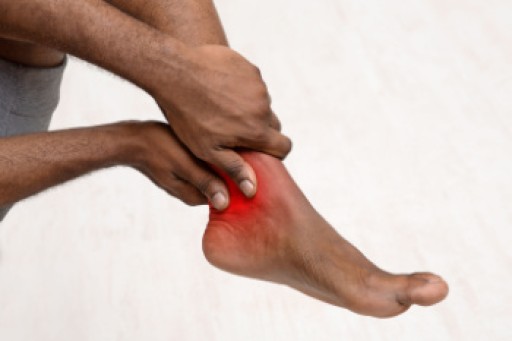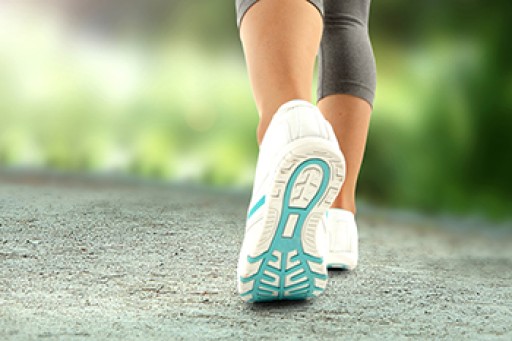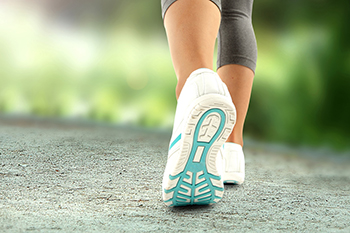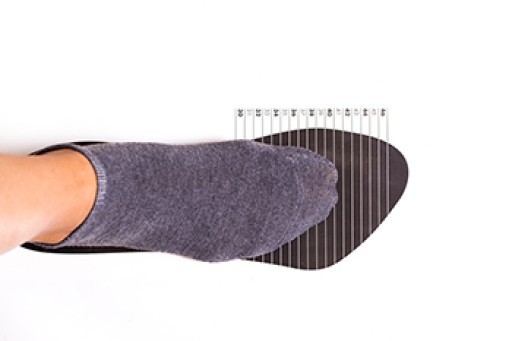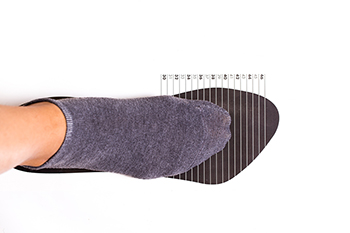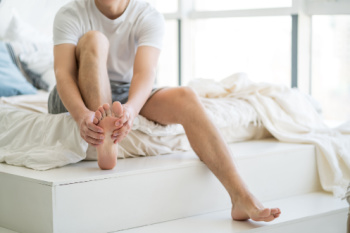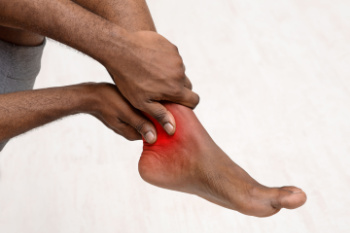 Ankle pain from arthritis can impact your daily life substantially. Ankle arthritis occurs when the joints in your ankles become inflamed. This can lead to pain, stiffness, and restricted movement. The three types of arthritis that can affect the ankles are osteoarthritis, rheumatoid arthritis, and gout. Osteoarthritis is caused by the gradual wearing away of cartilage in the joints, causing the bones to rub against other bones. Rheumatoid arthritis is a type of arthritis where the body's immune system attacks the joints by mistake and causes inflammation. Gout is a type of arthritis that causes pain, redness, and tenderness in your joints for a week or two, then returns to normal. No matter what the type is, ankle arthritis can make daily activities like walking or standing painful and challenging. If you are experiencing ankle pain, especially in the joints, it is suggested that you consult a podiatrist, or foot doctor, to find the best treatment options.
Ankle pain from arthritis can impact your daily life substantially. Ankle arthritis occurs when the joints in your ankles become inflamed. This can lead to pain, stiffness, and restricted movement. The three types of arthritis that can affect the ankles are osteoarthritis, rheumatoid arthritis, and gout. Osteoarthritis is caused by the gradual wearing away of cartilage in the joints, causing the bones to rub against other bones. Rheumatoid arthritis is a type of arthritis where the body's immune system attacks the joints by mistake and causes inflammation. Gout is a type of arthritis that causes pain, redness, and tenderness in your joints for a week or two, then returns to normal. No matter what the type is, ankle arthritis can make daily activities like walking or standing painful and challenging. If you are experiencing ankle pain, especially in the joints, it is suggested that you consult a podiatrist, or foot doctor, to find the best treatment options.
Ankle pain can have many different causes and the pain may potentially be serious. If you have ankle pain, consult with Terri Quebedeaux, DPM from Agave Podiatry . Our doctor will assess your condition and provide you with quality foot and ankle treatment.
Ankle pain is any condition that causes pain in the ankle. Due to the fact that the ankle consists of tendons, muscles, bones, and ligaments, ankle pain can come from a number of different conditions.
Causes
The most common causes of ankle pain include:
- Types of arthritis (rheumatoid, osteoarthritis, and gout)
- Ankle sprains
- Broken ankles
- Achilles tendinitis
- Achilles tendon rupture
- Stress fractures
- Tarsal tunnel syndrome
- Plantar fasciitis
Symptoms
Symptoms of ankle injury vary based upon the condition. Pain may include general pain and discomfort, swelling, aching, redness, bruising, burning or stabbing sensations, and/or loss of sensation.
Diagnosis
Due to the wide variety of potential causes of ankle pain, podiatrists will utilize a number of different methods to properly diagnose ankle pain. This can include asking for personal and family medical histories and of any recent injuries. Further diagnosis may include sensation tests, a physical examination, and potentially x-rays or other imaging tests.
Treatment
Just as the range of causes varies widely, so do treatments. Some more common treatments are rest, ice packs, keeping pressure off the foot, orthotics and braces, medication for inflammation and pain, and surgery.
If you have any questions, please feel free to contact our offices located in Seguin, LaVernia, Gonzales, and Lockhart, TX . We offer the newest diagnostic and treatment technologies for all your foot care needs.
